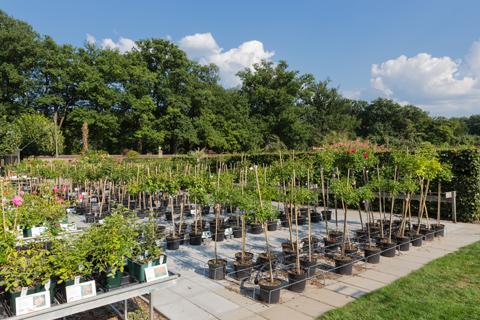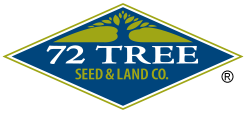Notice: Undefined variable: page in /home/vrxdg1855sn3/public_html/wp-content/themes/72tree/content.php on line 15
Notice: Trying to get property 'ID' of non-object in /home/vrxdg1855sn3/public_html/wp-content/themes/72tree/content.php on line 15
Tree Buying Tips
 These tree buying tips will assist you in the purchasing of a healthy tree. Keep in mind that proper tree care starts when you select a tree, making the right selection will affect its shape, strength, and even its life span.
These tree buying tips will assist you in the purchasing of a healthy tree. Keep in mind that proper tree care starts when you select a tree, making the right selection will affect its shape, strength, and even its life span.
Research is key. Before buying trees, layout a plan of where they will be planted. Know how large they will grow, how far the canopy will extend, and how much space they will need to reach their maximum potential.
The Hardiness Zone Map will help you select appropriate trees for the geographic region they will be planted in. Consulting your local tree professional is always a good idea if you have any doubts.
The USDA Hardiness Zone Map Explained
The state of Georgia finds itself in zones 7-A & B and 8-A & B. A hardiness zone is based on a 30 year average of annual extreme minimum temperatures. It’s not based on the lowest recorded temperature in a region or what may happen in the future.
Keep this in mind as you choose plants and trees, especially if you are planning to “push” the hardiness zone by planting trees and plants not designated for your particular zone.
To learn more about the USDA hardiness zone read this: 72tree.com/trees-shrubs-usda-hardiness-zone-map/
The Right Season for Planting
Planting – There are two seasons for planting trees. Early spring and early fall. There is an interesting debate here. One side of the argument is that planting in early spring (when the tree is coming out of dormancy) reduces the shock and recovery time of the tree. The other side argues that planting in early fall allows the tree to establish its root system and adapt to its environment before entering dormancy.
Depending on the hardiness zone and the tree species, either season may be appropriate for planting. If you have any doubts, consult our tree service and professionals.
Transplanting – Regardless of how carefully performed, transplanting results in the damage of a great portion of the tree’s root system. It is important that the digging, moving, and replanting operations be carried out with the least possible damage to the remaining root system.
The recommended time for moving trees is during the dormant season. Early spring is generally the best time to transplant; conditions should be ideal for rapid root growth.
For more tree planting tips and details of the process, visit: treecareadvice.blogspot.com/2015/12/properly-planting-canadian-hemlock.html
Purchasing Bare Root vs Container Grown
Bare Root – Abundant root growth should be present, there should be fibrous and numerous small roots as well. They should have good color to them being flexible and moist. Deciduous trees should present roots equal in length to its stems.
Container Grown – Avoid trees that have become root bound in their container. Roots circling around in the container will likely become circling roots (cut them when planting).
NOTE: Examine the tree’s roots, trunk, and canopy. Trees are able to absorb water from the tips of their youngest roots and undisturbed, fibrous, and non-circling root systems are your best option.
Buying Strong and Healthy Trees
When deciding on which trees to purchase for your landscape or project, keep in mind that the Hardiness Zone Map will guide you by the geographic region you are planting in, while the season you are planting in will determine if you should plant or transplant.
Whether you choose bare root or container grown, be sure to inspect the roots, trunk and canopy. Avoid trees that don’t meet your standards, and always look for the strong and healthy ones.
